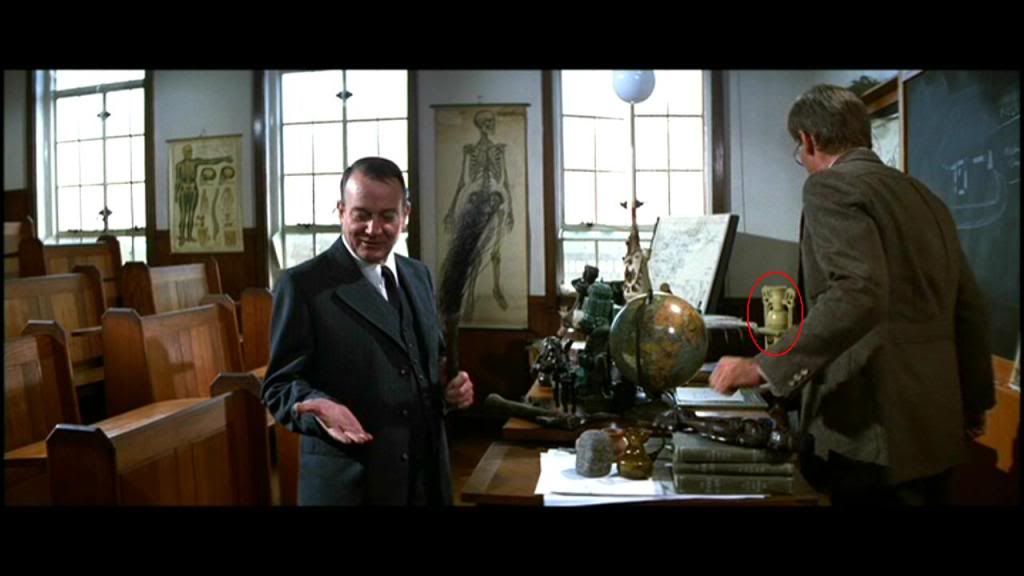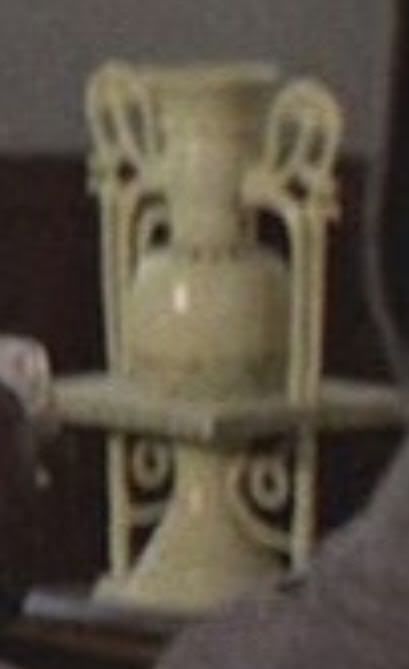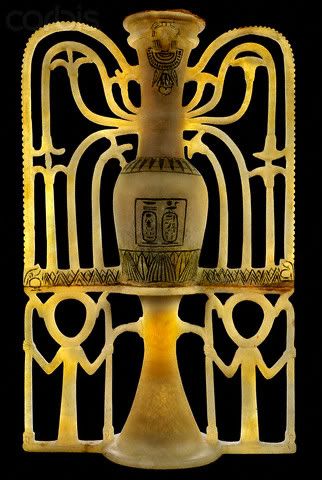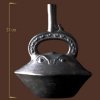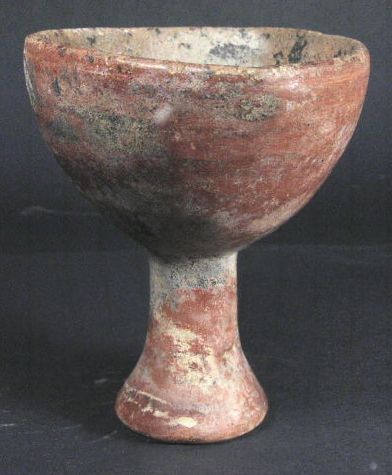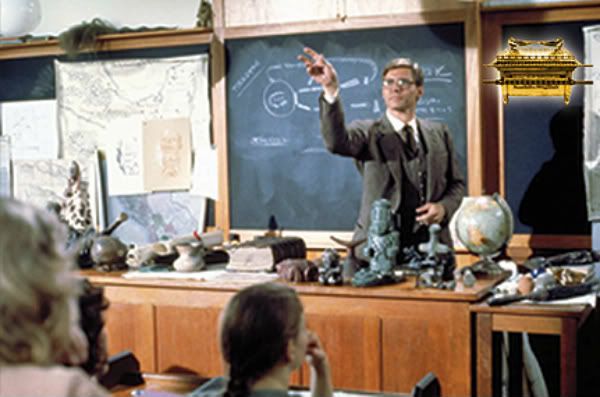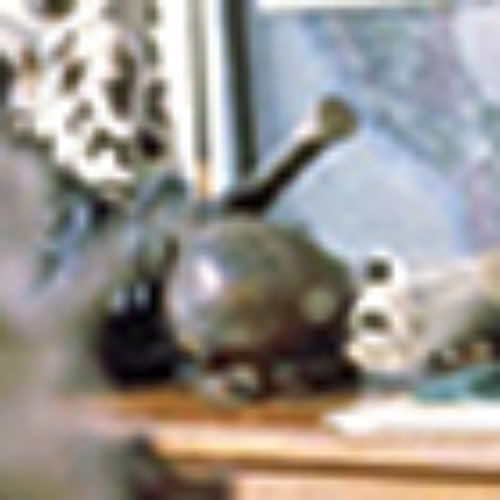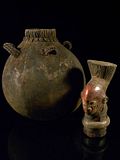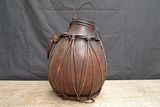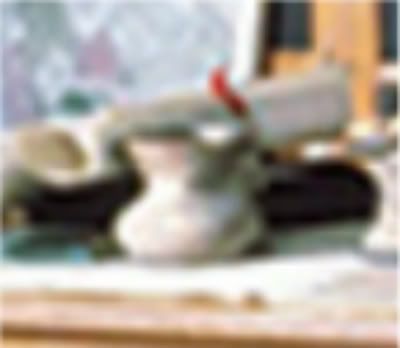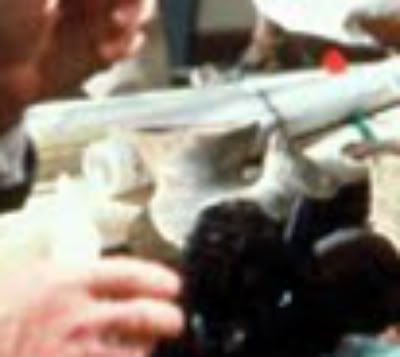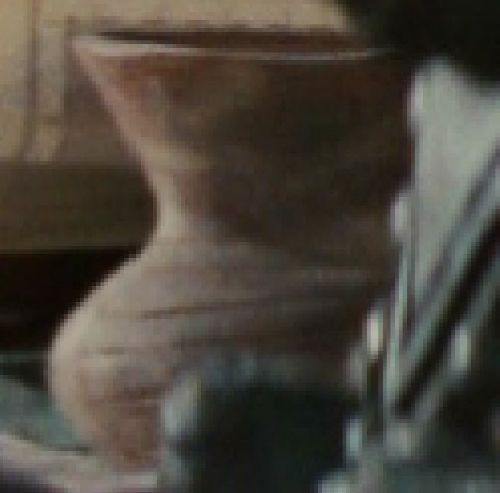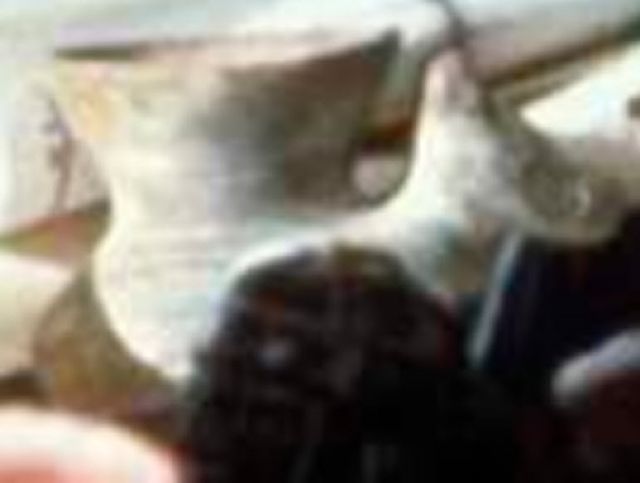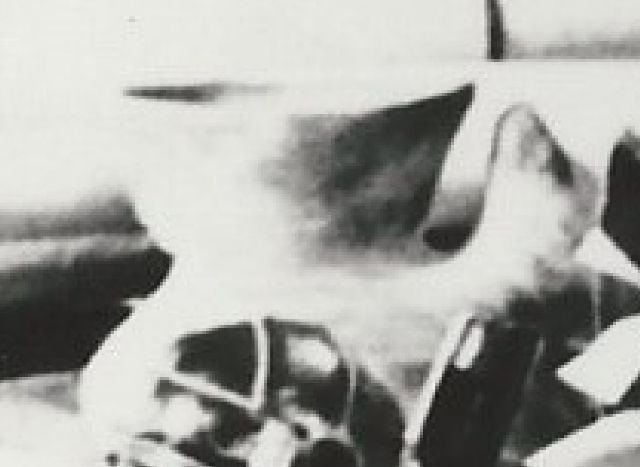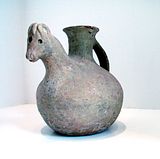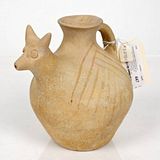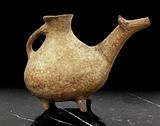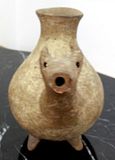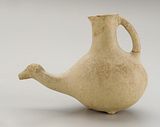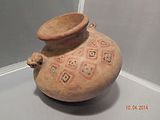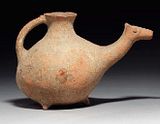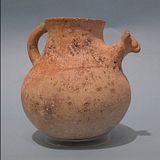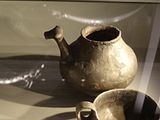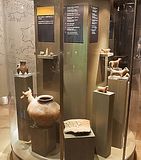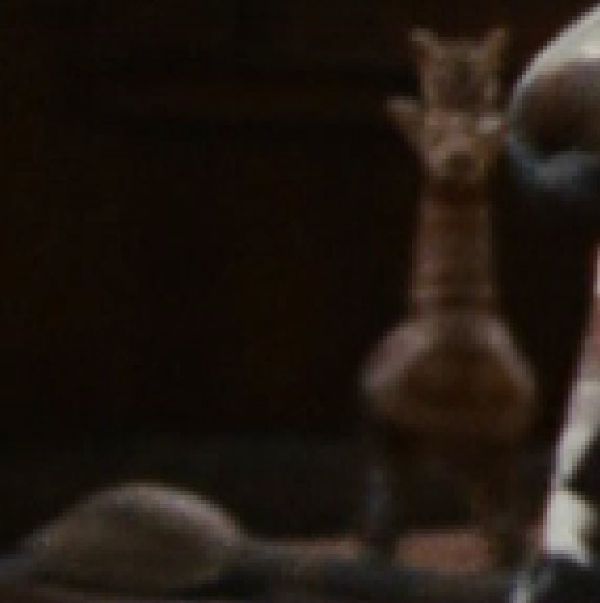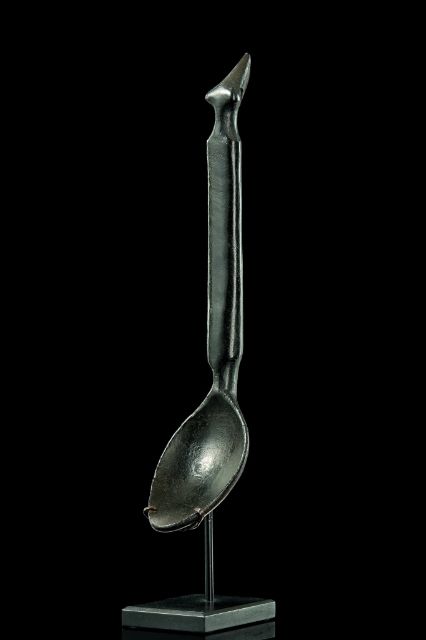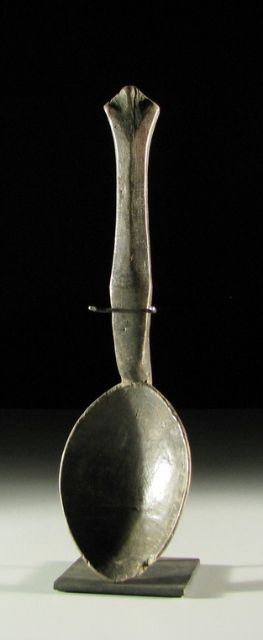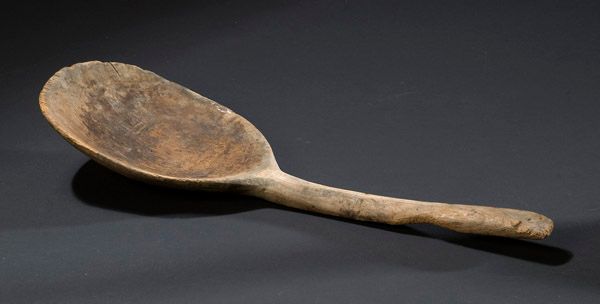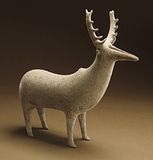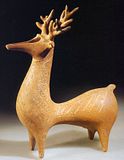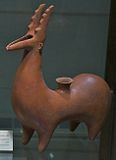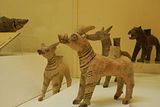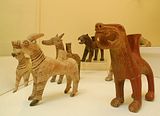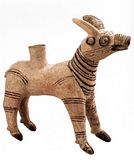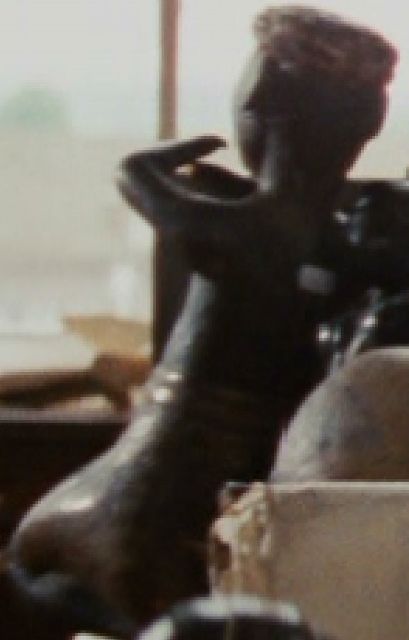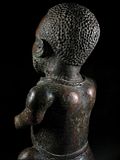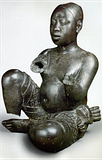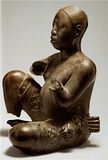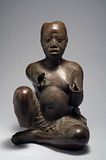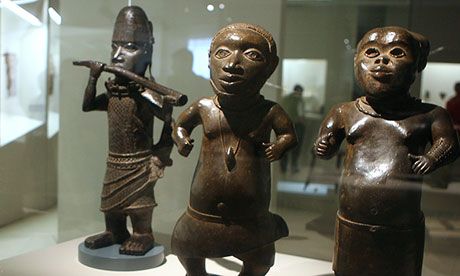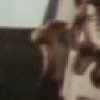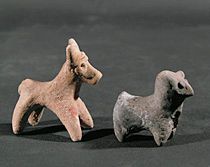James Earl Cash
Active Member
Chapter XXII - A brown jug
In the right corner behind Dr. Jones you can see a brown vessel for a few moments.
Here rhe pictures:

 (Click to enlarge)
(Click to enlarge)
It looks like vessels from Amlash in Northwestern Iran:
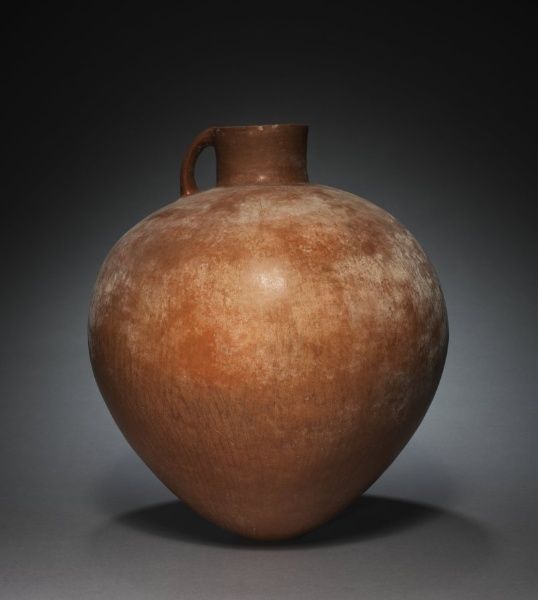
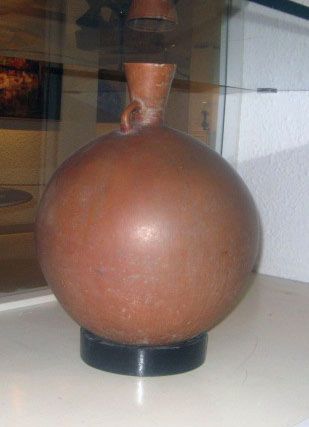
We'll come back to Amlash for another desk artifact.
But these are too rare items, so I thought it must be something more common like a red or brown glazed Chinese vase or something:
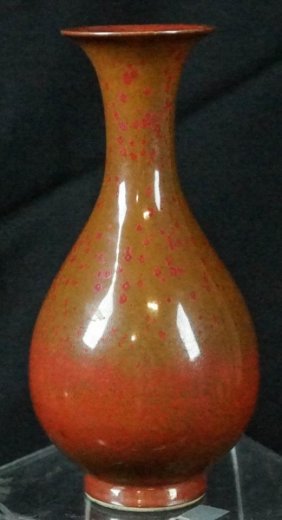
While I was looking for Chinese vases, I came across to these brown jugs, which are called 'Chinese Tiger Whisky' jugs or bottles'.
I think that's it, what Dr. Jones has under his desk. But take a look:




More info here http://bottlesboozeandbackstories.blogspot.de/2010/06/what-were-chinese-drinking.html
There are a lot of them offered on ebay and other sites.
In the right corner behind Dr. Jones you can see a brown vessel for a few moments.
Here rhe pictures:

 (Click to enlarge)
(Click to enlarge)It looks like vessels from Amlash in Northwestern Iran:


We'll come back to Amlash for another desk artifact.
But these are too rare items, so I thought it must be something more common like a red or brown glazed Chinese vase or something:

While I was looking for Chinese vases, I came across to these brown jugs, which are called 'Chinese Tiger Whisky' jugs or bottles'.
I think that's it, what Dr. Jones has under his desk. But take a look:



During the 1800’s great numbers of Chinese workers were brought to the United States to work on the railroads and other infrastructure projects. They carried with them or had imported distinctive pottery containers, such as this shown here. For years these bottles have been classified as Chinese “Tiger” whiskeys. No one seems quite sure, why they acquired that name but it may have been that early ones contained a paper label picturing a tiger.
More info here http://bottlesboozeandbackstories.blogspot.de/2010/06/what-were-chinese-drinking.html
There are a lot of them offered on ebay and other sites.

